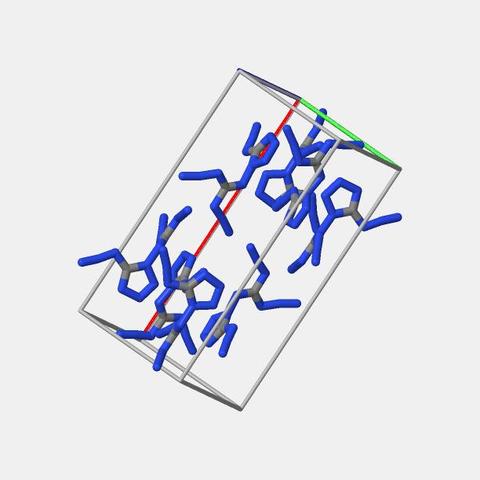Holy moley! Careful oxidation of an azide at very low temps gives rise to an absolutely bonkers bonkers bonkers molecule: N6!!
An allotrope of nitrogen! And it seems to be stable at liquid nitrogen temperature, 77 K. Look at the isotopic signature in the infrared spectra. Spectacular fundamental science.
In case you're wondering, the starting material, silver azide is terrifyingly explosive. This is chemistry at the absolute absolute limit of the possible. Chapeau

